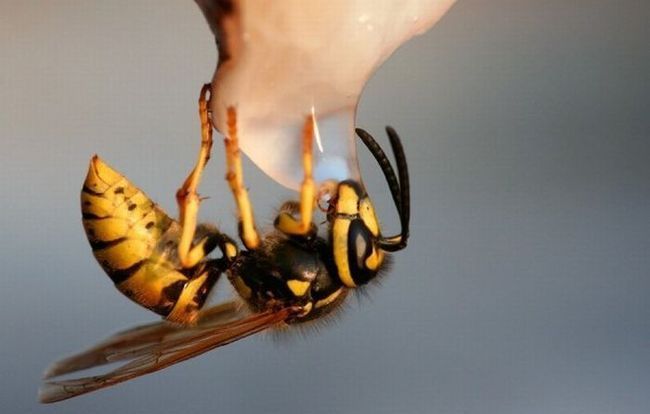|
|
Macro Shooting By Roeselien Raimond
|
• Employing the Scheimpflug principle to change the plane of focus at the image plane relative to the subject plane, thereby increasing effect depth-of-field for a given lens aperture. Requires use of a specialized lens that allows the optical section to be pivoted off center. Examples are TS lenses from Nikon, Canon, and other manufacturers, and products like the LensBaby and Zoerk Multi Focus System. Traditional view cameras with bellows systems and / or tilting backs also permit plane-of-focus adjustment. Because of the very narrow depth-of-field available in macro photography, and the consequent need to stop down the lens as far as possible to obtain adequate depth-of-field, employing the Scheimpflug effect allows both increased depth-of-field and the ability to make more use of existing lighting conditions. The ability to work at a relatively larger aperture and control depth-of-field, is one potential benefit of this equipment and technique.
• Attaching a telephoto extender between the camera body and the lens. A 1.4× or 2× teleconverter gives a larger image, adding macro capabilities. As with an extension tube, less light will reach the film or sensor, and a longer exposure time will be needed. However, working distance remains the same as without the teleconverter.
• Reversing the lens using a "reversing ring". This special adapter attaches to the filter thread on the front of a lens and makes it possible to attach the lens in reverse. Excellent quality results up to 4x lifesize magnification using fairly cheap, "standard" (not specially designed for macro) lenses can be produced. For cameras with all-electronic communications between the lens and the camera body, such as Canon EOS, reversing rings are available which allow all camera functions, including open aperture metering, to be used. When used with extension tubes or bellows a relatively cheap but highly versatile macro system can be assembled. This is done not to improve the magnification but to improve image quality; since standard lenses are optimized to focus the light from a distant subject onto a nearby film plane, reversing the lens in the circumstance where the object is closer than the film plane will improve image fidelity.
• Reversing a lens of lesser focal length in front of a normally mounted lens using an inexpensive macro coupler, which screws into the filter threads on the front of the two lenses to join them mechanically. This method allows most cameras to maintain the full function of electronic communication with the normally mounted lens for features such as open-aperture metering. Magnification ratio is calculated by dividing the focal length of the normally mounted lens by the focal length of the reversed lens (e.g., when an 18 mm lens is reverse mounted on a 300 mm lens the magnification ratio is 16:1). The use of automatic focus is not advisable if the first lens is not of the internal-focusing type, as the extra weight of the reverse-mounted lens could damage the autofocus mechanism. Working distance is significantly less than the original lens. This amounts to using a lens normally used as a main photographic objective as an auxiliary lens.
|
|









